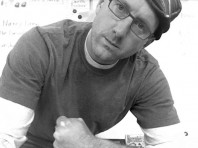 The Museum of History and Industry (MOHAI) building, once a former naval training center, sits alongside South Lake Union in Seattle. The museum is filled with fascinating, engaging collections from all time periods to browse. I’ve taken my third graders on a field trip, I’ve passed through while on my bike commute home, and I’ve attended a catered company party in the space. With each pass I glean a captivating new tidbit about our region.
The Museum of History and Industry (MOHAI) building, once a former naval training center, sits alongside South Lake Union in Seattle. The museum is filled with fascinating, engaging collections from all time periods to browse. I’ve taken my third graders on a field trip, I’ve passed through while on my bike commute home, and I’ve attended a catered company party in the space. With each pass I glean a captivating new tidbit about our region.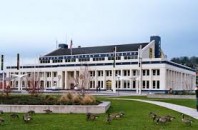
But for my most recent experience I was fortunate enough to be invited. (I’d never been invited to a museum before, unless you call PR posters invitations.)
I participated in MOHAI’s Local Author Day last weekend. Being invited made me feel special, and this visit turned out to be similar to my others in its educational take-aways. I learned intriguing information once again, only this time it was from the live local authors sitting next to me.
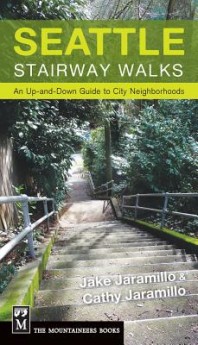 On one side were Jake & Cathy Jaramillo, of Seattle Stairway Walks. They told me the story of walking many stairways of Los Angeles (stairs in LA, who knew?), then moving to Seattle to find no book on the same subject. So they wrote one. They have a great blog and still lead walks around the city. I already have a couple mapped out to try in my South Seattle neighborhood.
On one side were Jake & Cathy Jaramillo, of Seattle Stairway Walks. They told me the story of walking many stairways of Los Angeles (stairs in LA, who knew?), then moving to Seattle to find no book on the same subject. So they wrote one. They have a great blog and still lead walks around the city. I already have a couple mapped out to try in my South Seattle neighborhood.
They also love chocolate, which was handy given the Chocolate Exhibit currently on display (Free samples are included, so go. Now.)
At the table to my left was Dan Raley, author of Pitchers of Beer, Tideflats to Tomorrow, and another upcoming book about one 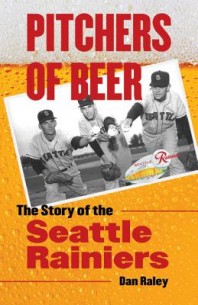 hundred local influential people of Seattle. He and I chatted about loving the region, why MOHAI is great, and baseball. He and Dave Eskinazi, a local memorabilia collector, recently presented about the Seattle Rainiers and local baseball. Dave has helped NAAM and Safeco Field with similar exhibits.
hundred local influential people of Seattle. He and I chatted about loving the region, why MOHAI is great, and baseball. He and Dave Eskinazi, a local memorabilia collector, recently presented about the Seattle Rainiers and local baseball. Dave has helped NAAM and Safeco Field with similar exhibits.
Doug Chin, an activist from the International District who has written Chinese in Washington State and Seattle’s International District, lives near me, I discovered, and has been a Seattle Rainiers fan since boyhood. He used to walk to games and sit on Cheapskate Hill to shag flyballs and home runs. This was a handy story for some research I’ve been working on for a future book.
Judy Bentley and Lorraine McConaghy (co-authors of Free Boy: A True Story of Slave and Master) and I discussed how fun 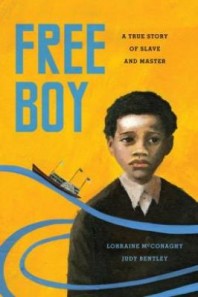 it can be to pore over old documents and archives to research topics. I also learned of a great hike from Judy and her book Hiking Washington’s History. We shared a common love of the Blue Mountains of Oregon. These authors also shared a couple favorite quiet writing spots in the city.
it can be to pore over old documents and archives to research topics. I also learned of a great hike from Judy and her book Hiking Washington’s History. We shared a common love of the Blue Mountains of Oregon. These authors also shared a couple favorite quiet writing spots in the city.
I soon stole away to grab a snack and a quick coffee. As I chomped down my crackers from the staff break room, I watched boats from the Wooden Boat Festival bobbing outside the window.
I had nice chats with almost everyone and thoroughly enjoyed myself. I decided if I’m invited to MOHAI again—be it by public poster or handwritten invitation—my RSVP will be a yes.
Other authors attending and their work:
Jack Hamann’s On American Soil is WWII history about the largest military court martial in US 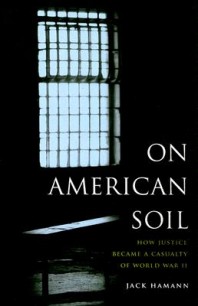 history– the trial of 43 African American US soldiers at Fort Lawton accused of lynching an Italian prisoner of war.
history– the trial of 43 African American US soldiers at Fort Lawton accused of lynching an Italian prisoner of war.
Michael Schein wrote Bones Beneath Our Feet. It is historical fiction set in the Puget Sound in the mid 1800s.
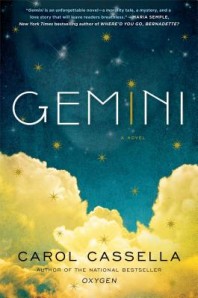 Carol Cassella is a novelist whose books incorporate medical ethics and suspense in the contemporary PNW. Her titles are Oxygen, Healer, and Gemini.
Carol Cassella is a novelist whose books incorporate medical ethics and suspense in the contemporary PNW. Her titles are Oxygen, Healer, and Gemini.
Nancy Bartley’s book, The Boy Who Shot the Sheriff, is WA history about a 12-year-old who killed the sheriff of Asotin, WA and was sentenced to life imprisonment– an exploration of juvenile criminal justice.
Mary Matsuda Gruenwald, Looking Like the Enemy , a memoir about being imprisoned in an internment camp during WWII, and Becoming Mama-San , life lessons to live by.
Get your local history fix and check out MOHAI’s youtube channel by learning about the organization and its programs here.
Mark Holtzen is the author of The Pig War , a contemporary middle grade adventure story full of Pacific Northwest history, set in the San Juan Islands.

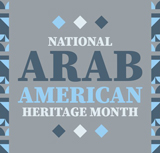
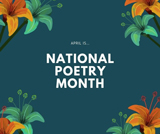
[…] our local Museum of History and Industry. PNBA asked me to write a quick essay on the experience. Here is the link or the essay is pasted […]